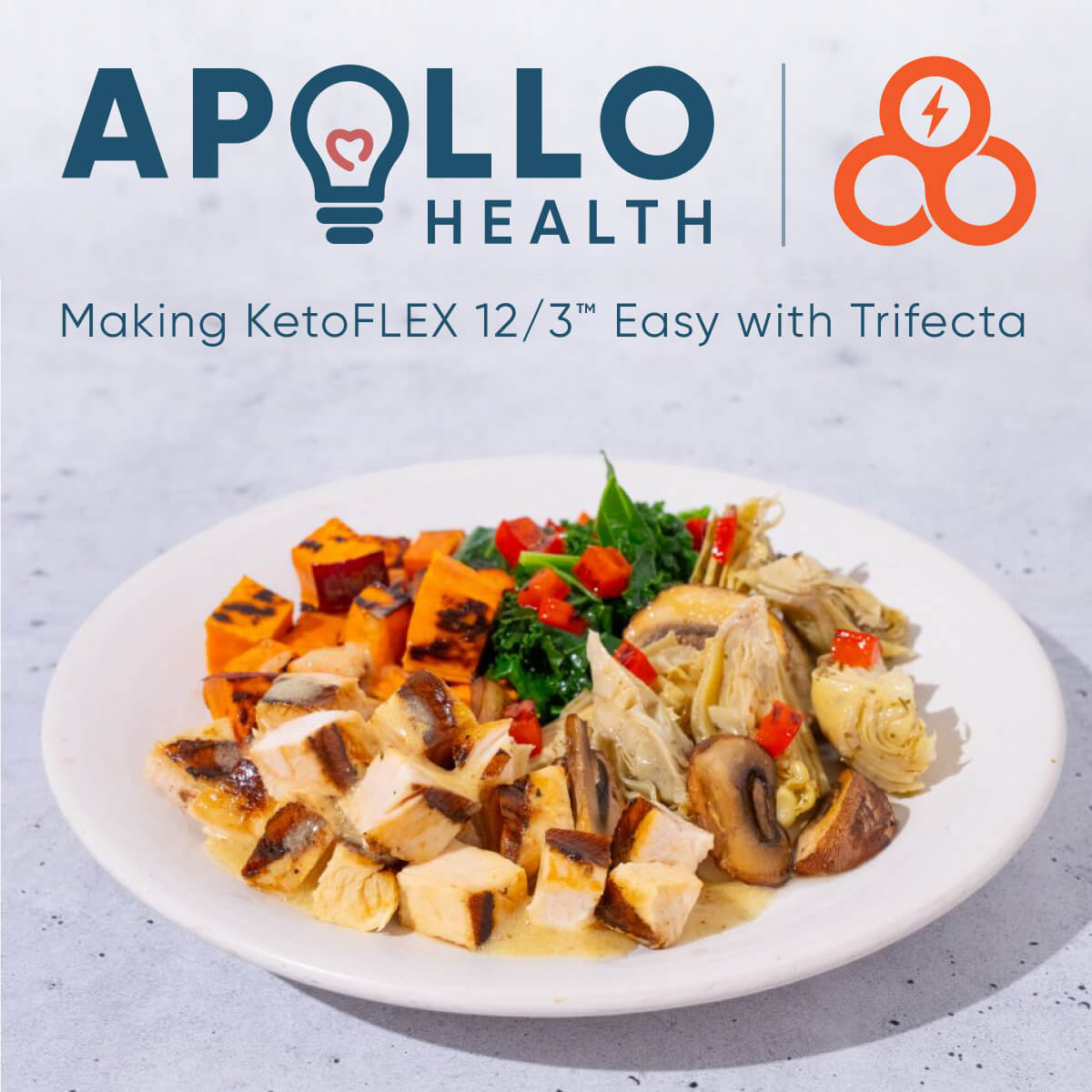April 17, 2024
Outcomes or Incomes? Fact or Fiction Advertisement?

By Dale Bredesen, M.D., Chief Science Officer for Apollo Health
If you haven’t seen the list of ten of the most dangerous advertisements ever presented (https://getpocket.com/explore/item/what-were-we-thinking-the-top-10-most-dangerous-ads?utm_source=pocket-newtab-en-us), then you are missing out on a mind-boggling revelation. It truly is hard to believe that our forebearers, just last century, developed serious advertising campaigns around things like DDT (“DDT is good for me!”), lead toys, sugar as a diet (!), and doctors recommending specific cigarette brands. It’s almost hard to believe that these items could be sold with a straight face.
Yet, have things really improved? Let’s look at some of the current candidates for the worst advertisements, and what is behind them:
1) Fast food — it’s fun, it’s happy, it’s kid-friendly, it’s all laughter and smiles, right? The ads are filled with cute costumes, funny characters, and comedic situations — but fast food is all about metabolic disease, hypertension, diabetes, vascular disease, dementia, kidney failure, and other chronic illnesses. Poor diets kill more people than tobacco, alcohol, and drugs combined (https://www.glopan.org/news/a-bad-diet-is-worse-than-drugs-alcohol-and-tobacco-combined/ ). Future generations will look back on these commercials and shake their heads — what the heck were we thinking? Was Ronald McDonald really the Grim Reaper with a clown face?
2) Processed foods — chips, cereals, soft drinks, cookies, bread, pastries, deli meats — where would we be without these daily treats? Living longer, healthier lives, that’s where. Yet the advertisements are all smiles and fun. Weren’t those cookies baked by cute elves? And happy tigers and magic leprechauns love the cereals? We’re dying but hey, we’re having fun, right?
3) Drugs — where to begin, when there are so many examples? Have you seen the uplifting commercials in which tardive dyskinesia (involuntary twitches and writhing that can ruin lives) —which is caused by drugs, such as antidepressants — is treated by yet another drug? “We’ve sold you a drug that has caused horrible, unwanted movements — now let us sell you another drug to treat them!” What a business plan!
4) Anti-amyloid antibodies — we’re told that these represent an “exciting breakthrough”. Let’s ignore for a moment all of the ones that did not work—bapineuzumab, solanezumab, gantenerumab, crenezumab, and one trial of aducanumab—and focus on the one that “worked,” lecanemab (Leqembi). Here is some truth in advertising: “We won’t make you better, but if you pay us $50,000 each year, we’ll slow down the decline slightly (less than exercise, EVOO, ketones, or several other treatments), make your brain shrink, possibly bleed, and risk death.” So let’s get a happy mascot, OK? Not Tony the Tiger or Lucky Leprechaun or the Hamburglar or Snap, Crackle, or Pop. Hmmm … perhaps a brain-eating amoeba would be most appropriate?
We simply cannot depend on advertisers to provide factual, health-first information, and that is as true for cigarette advertisers as it is for fast food, processed food, and Alzheimer’s drugs. It’s eye-opening fun to laugh at the old advertisements, and realize that future generations will do the same for the ones that are hooking so many of us now.





